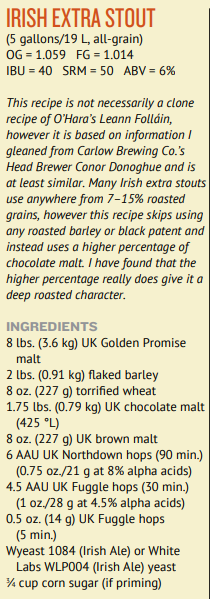Some folks might remember me asking about rye flavors in my "ESB". I'm happy to say that after all the past recipe changes made, it turned out that it was dropping the DRC Double Roasted Crystal that finally did it, the rye flavor is no longer there. It might be that no one else would have called it rye but it's what I perceived it to be. Whew, finally figured it out.
I had an actual Fuller's ESB on tap in a local "English" pub (Brit's, if anyone's ever been to Minneapolis). Funny, and not at all surprising, how it's different tasting than what I get in bottles. I had to somewhat recalibrate what I expected ESB to taste like. I'm a lot closer to the real thing than I used to think.
I had an actual Fuller's ESB on tap in a local "English" pub (Brit's, if anyone's ever been to Minneapolis). Funny, and not at all surprising, how it's different tasting than what I get in bottles. I had to somewhat recalibrate what I expected ESB to taste like. I'm a lot closer to the real thing than I used to think.


